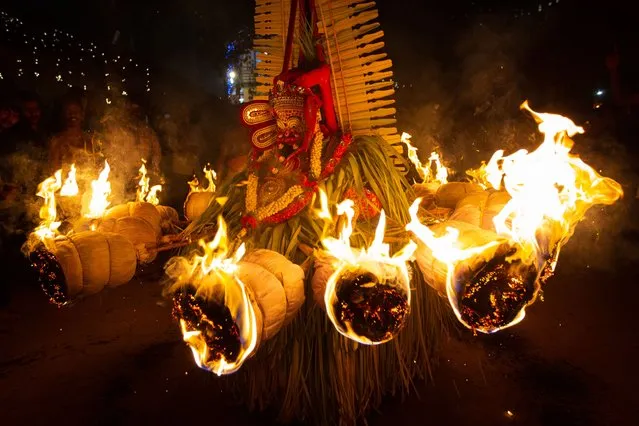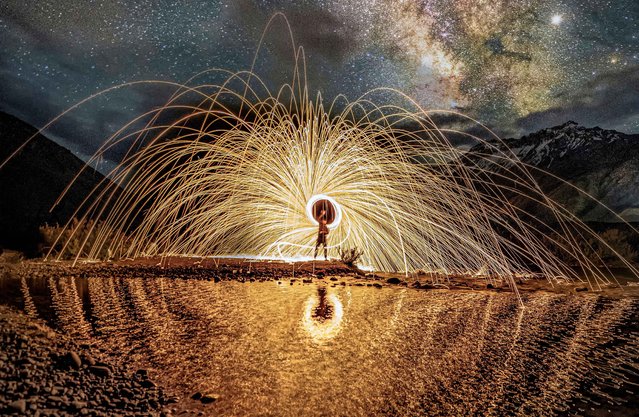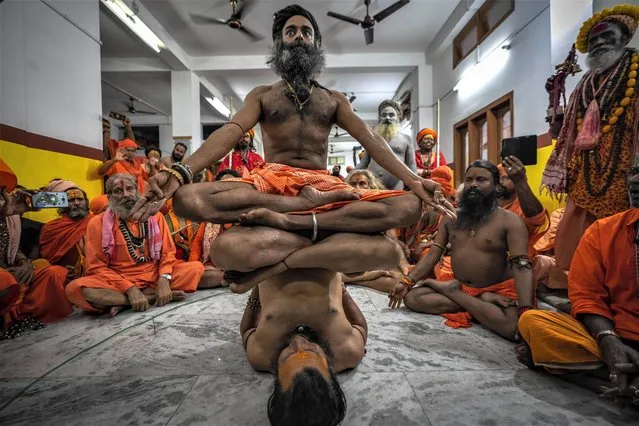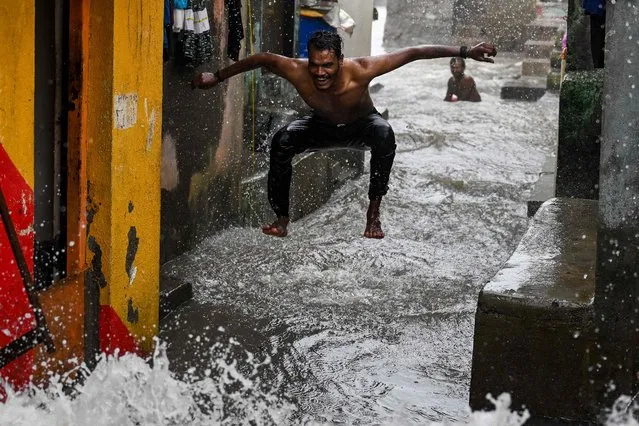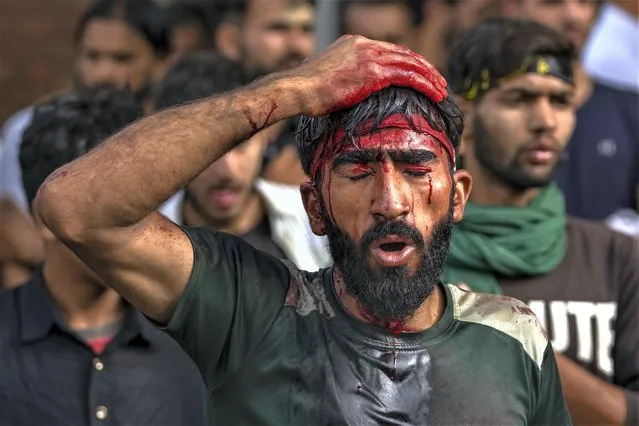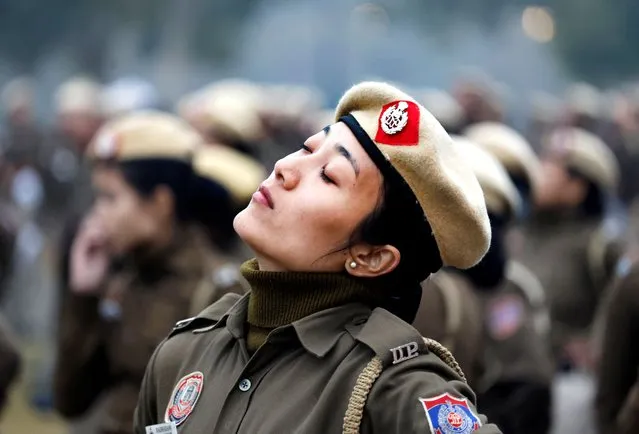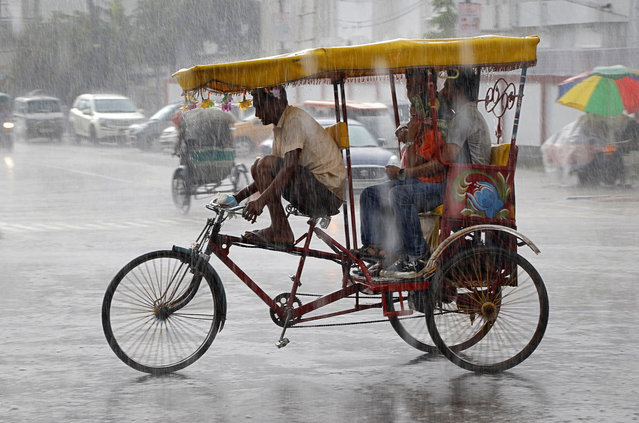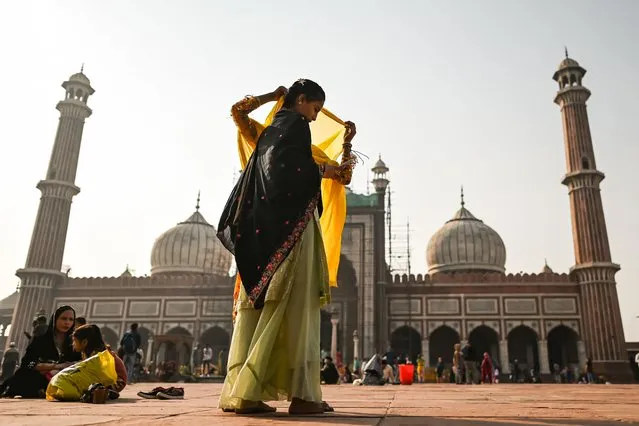
People and devotees visit the Jama Masjid mosque in the walled city area of New Delhi on November 26, 2022, after reports stating that Delhi's Jama Masjid management, rolled back a ban on entry of women without families. (Photo by Sajjad Hussain/AFP Photo)
29 Nov 2022 05:53:00,post received
0 comments

